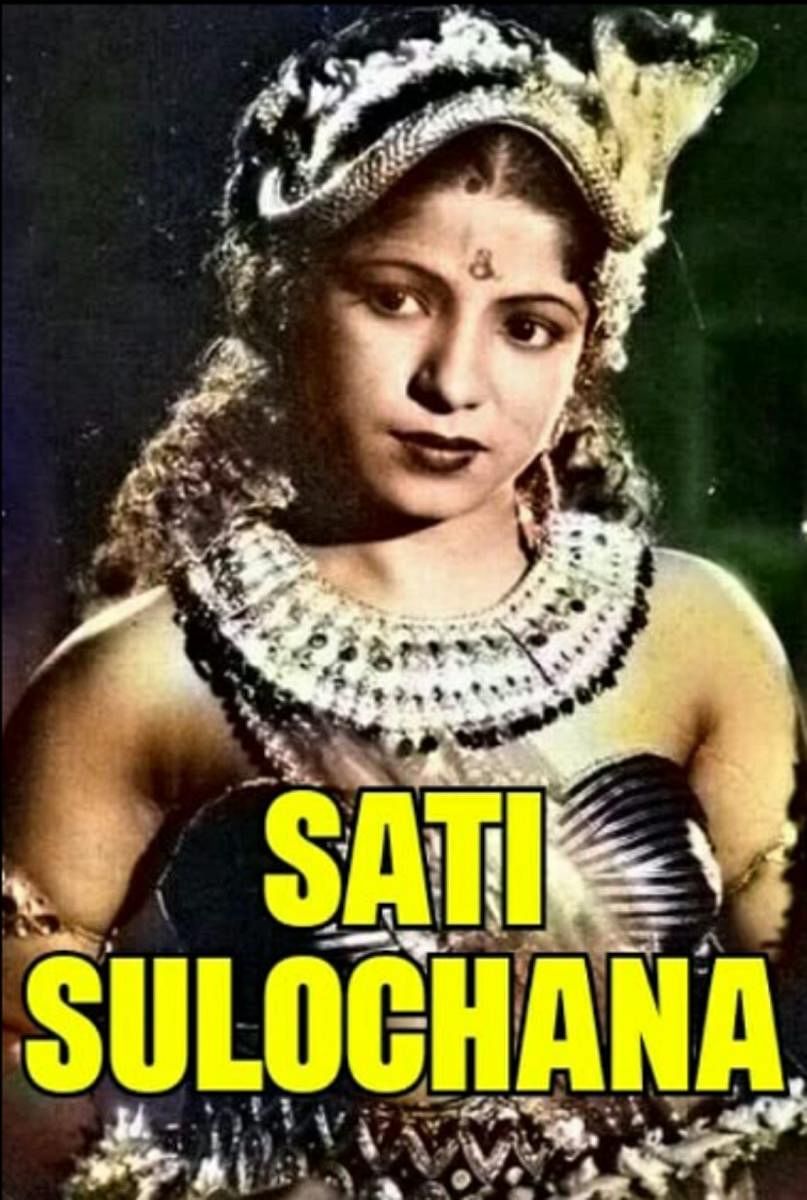
The gramophone record jacket of ‘Sati Sulochana’ (1934), the first ever Kannada talkie, was traced recently. Archivists are still looking for the record, and the celluloid reels of that landmark film. Even the producer’s family has no clue about where they might be found.
Similar is the situation of ‘Bhakta Dhruva’, the second Kannada talkie film, released after ‘Sati Sulochana’ and in the same year. ‘Mricchakatika’, the first Kannada silent film, starring stalwarts Kamaladevi Chattopadhyay and T P Kailasam, was made in 1931. Efforts to trace the negatives of these films are still on.
We have no negatives of classic films made by B Vithalacharya, Kemparaj Urs, B S Ranga, Hunsur Krishnamurthy, and R Nagendra Rao either. Though some producers and distributors hold a treasure of Kannada film material, Karnataka has no professional body to restore and curate it for posterity.
The 88-year-old history of Kannada cinema could be erased for good if the Karnataka government does not wake up to the need for climate-controlled vaults to preserve our films. The National Film Archives of India (NFAI) in Pune can serve as a model.
In March, the Modi government decided to merge the National Film Archive of India (NFAI), Directorate of Film Festivals (DFF), Films Division (FD) and the Children’s Film Society of India (CFSI) with the National Film Development Corporation (NFDC). A majority of Indian filmmakers and academics have taken serious objection to this unilateral decision.
Renowned filmmaker Adoor Gopalakrishnan says the management of classics calls for special knowledge and dedicated experts. He believes compromising on archival operations is suicidal.
“The merger of NFAI with NFDC will not have any impact on regional film archives,” claims Suneel Puranik, chairman, Karnataka Chalanachitra Academy (KCA), which is planning to set up an archive for Kannada cinema.
The idea of an archive was mooted by an expert committee headed by journalist V N Subba Rao in 1994. It has taken 16 years for the government to take note. The process began in earnest after director Nagabharana took over as head of the KCA in 2009. The Bengaluru Development Authority (BDA) was to contribute to the project. The government had earmarked Rs 2 crore in the budget. The estimated cost of the project was Rs 6 crore and the BDA had released Rs 1 crore. A part of the fund was used to acquire films which are in DVD format.
It is not as if nothing was done. In the 70s, Karnataka became the first state to set up an archive on the lines of the one run by the NFAI. A trained curator was taking care of 180 celluloid films and thousands of documentaries. This is no longer functional, as all films under the department were handed over to the KCA, which is still in the process of acquiring these films.
S V Rajendra Singh, who headed the KCA between 2014 and 2018, had sought Rs 100 crore from the Siddaramaiah government to set up an independent film archive.
The project took concrete shape after Suneel Puranik became chairman of the KCA in 2020. The state government constituted a seven-member expert committee in early 2021. Members of the committee visited the NFAI in Pune and submitted a detailed report.
One of its recommendations was that celluloid films be preserved in specially designed vaults, where temperature and humidity are controlled. The committee also recommended the depositing of celluloid reels with the NFAI while the vaults were created in Karnataka. Even after a year, the report is gathering dust. Meanwhile, the endangered celluloid reels are being kept in the air-conditioned rooms of Amruthotsava Bhavan (headquarters of KCA, where the archives are proposed). The rare celluloid rolls may turn to powder if not preserved properly.
Girish Kasaravalli, an internationally-renowned Kannada filmmaker, says the anxiety of the film fraternity has good reason. He believes Karnataka has much to learn from European countries which go all out to protect their film legacies.
(The writer is a Bengaluru-based senior journalist).